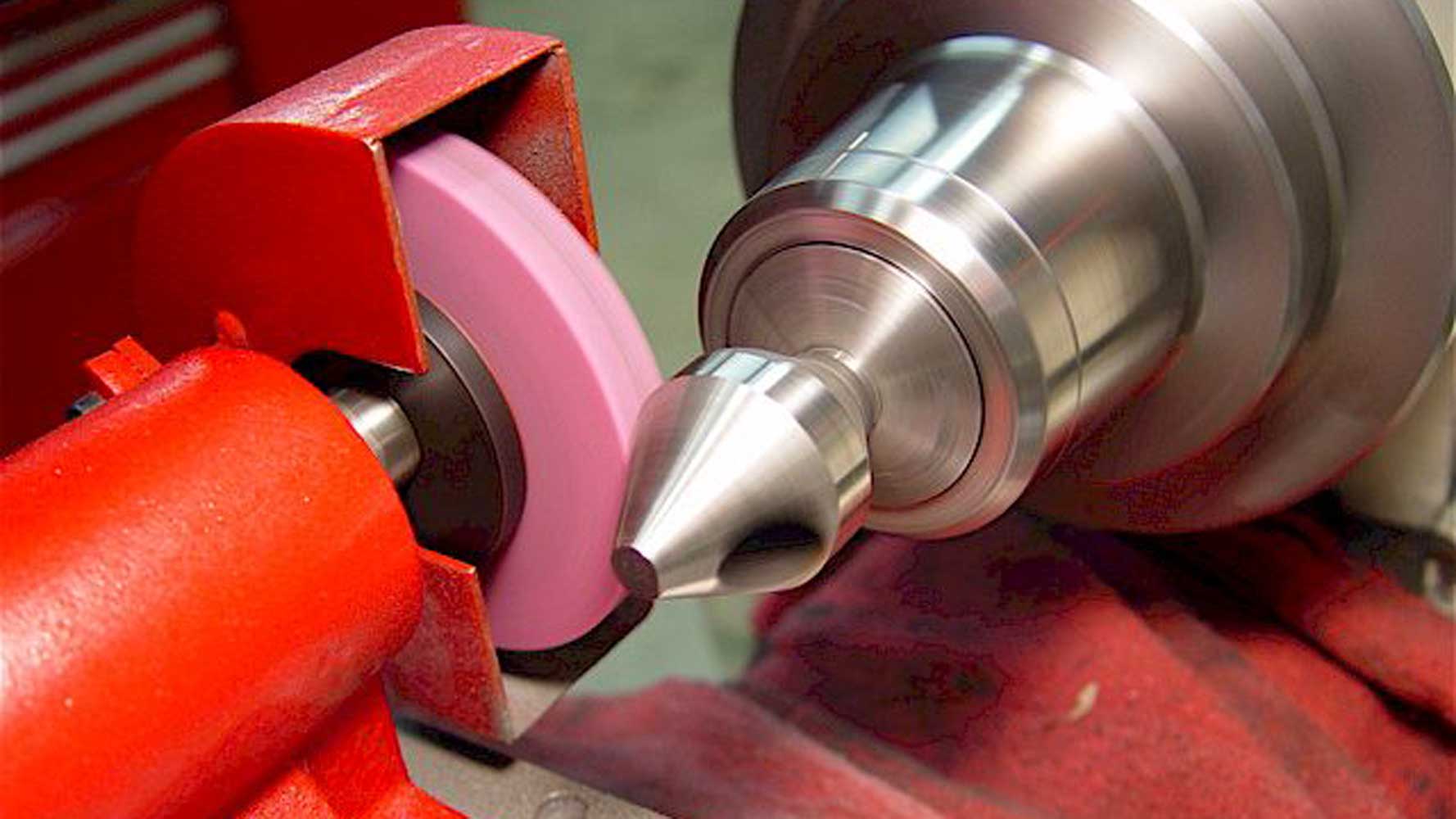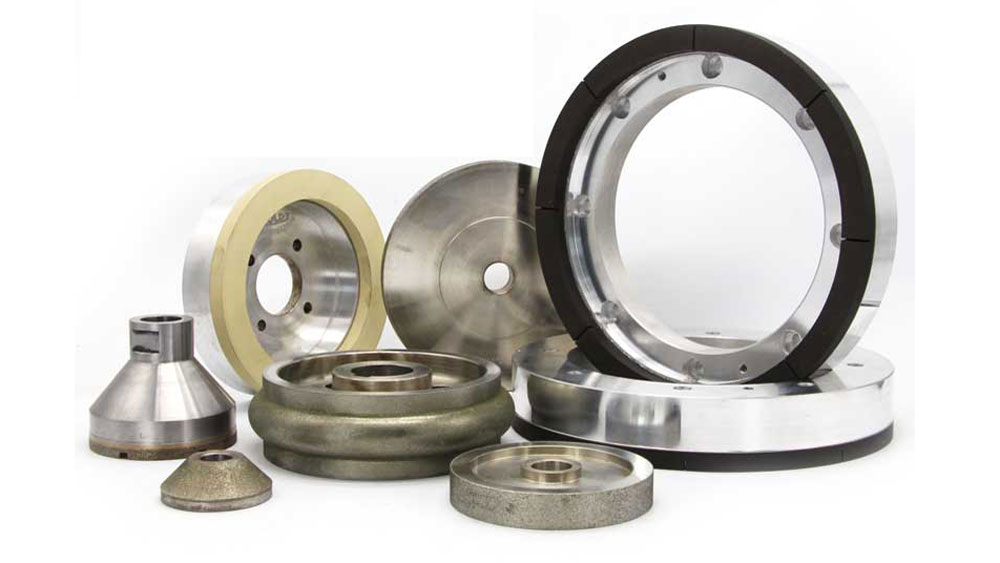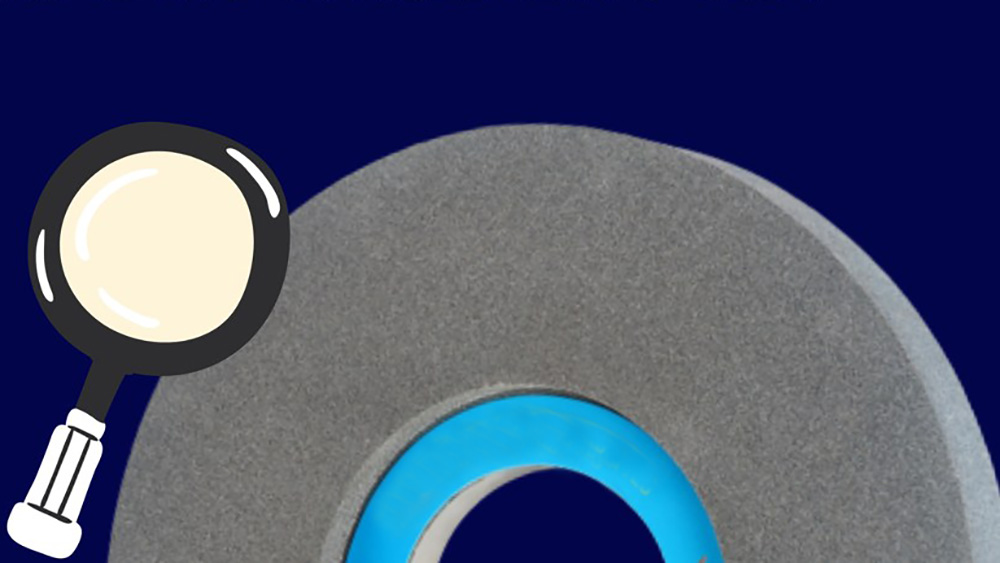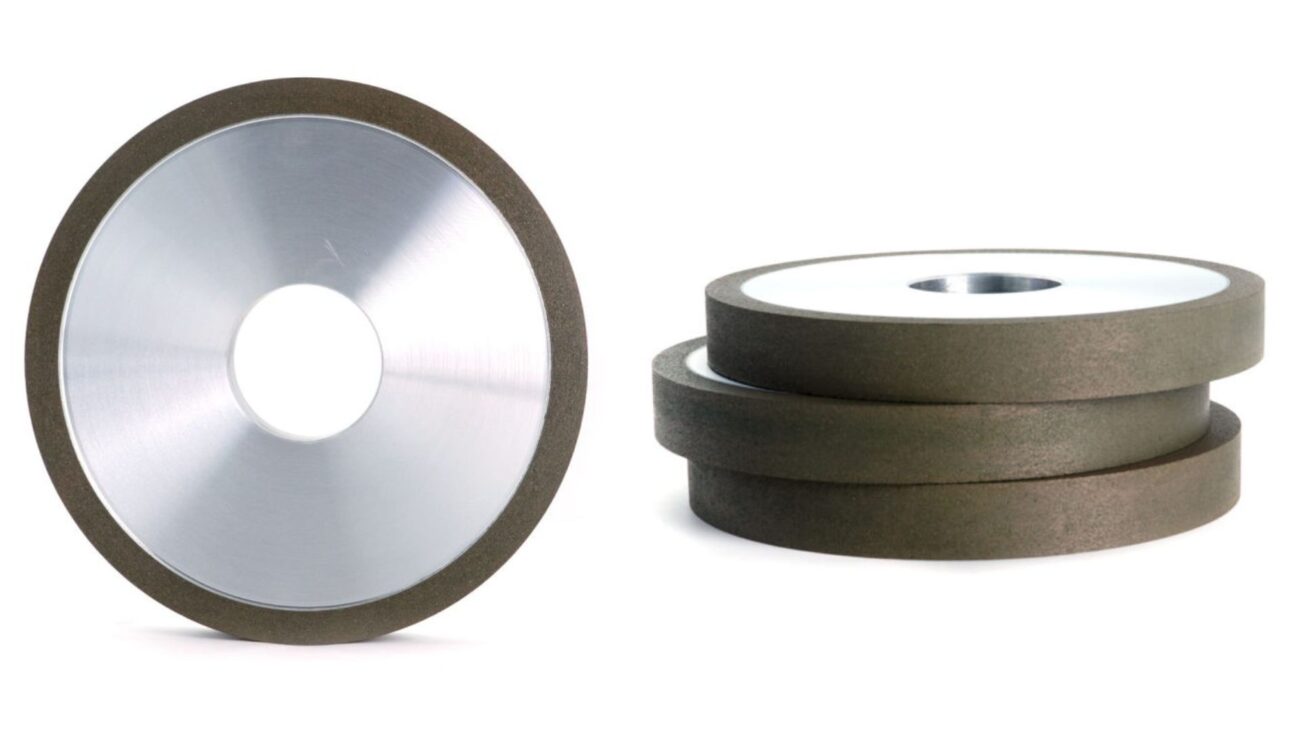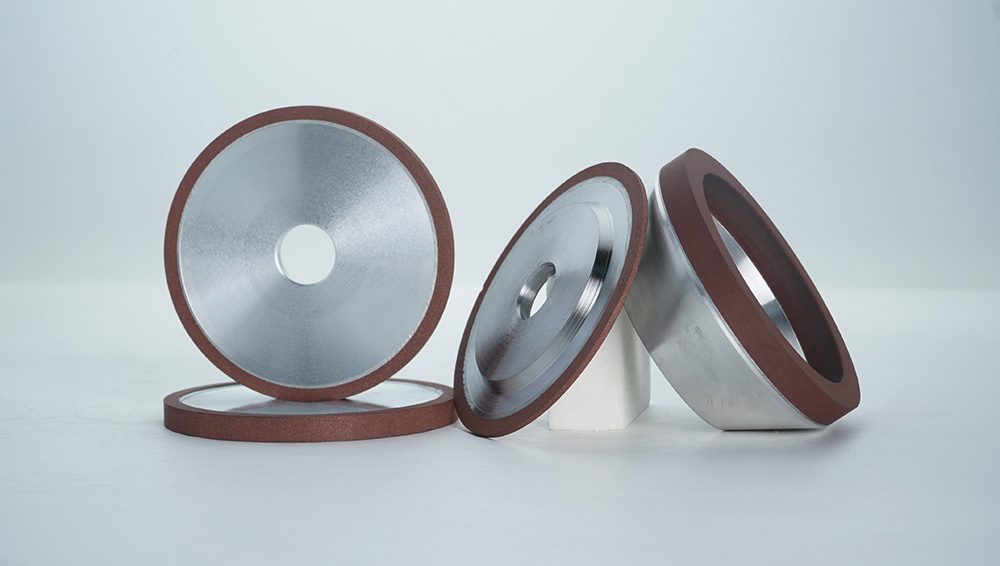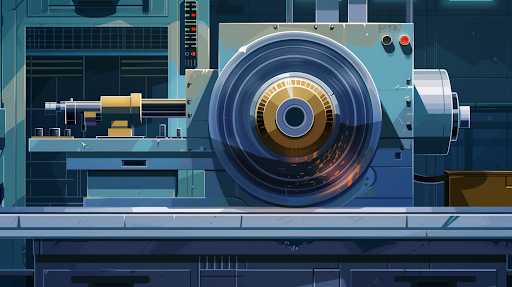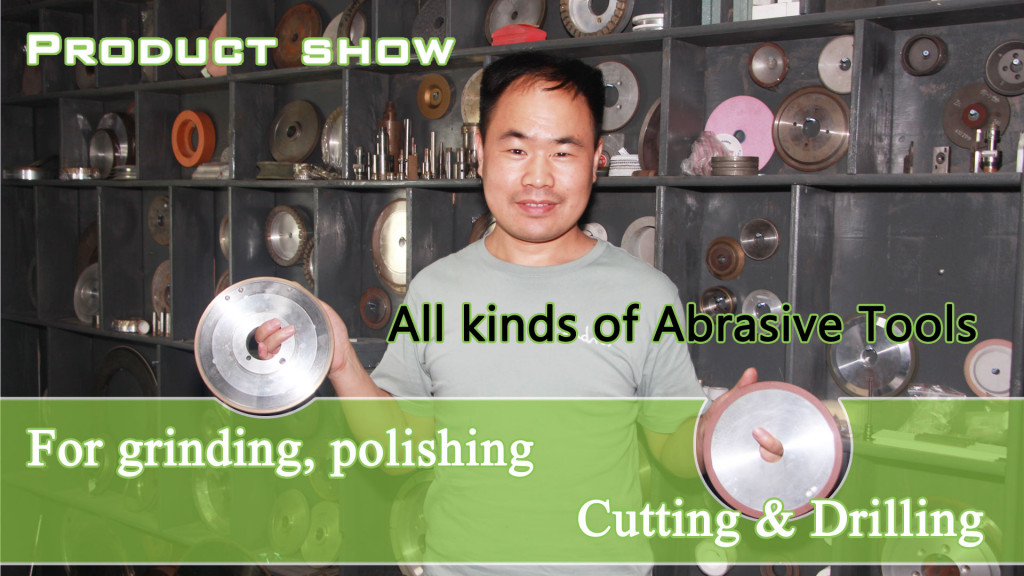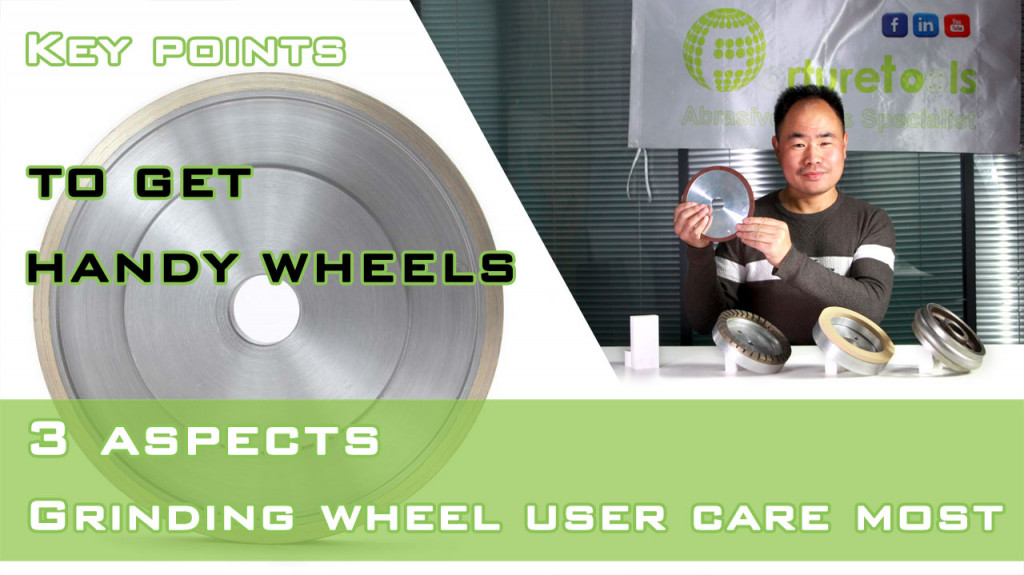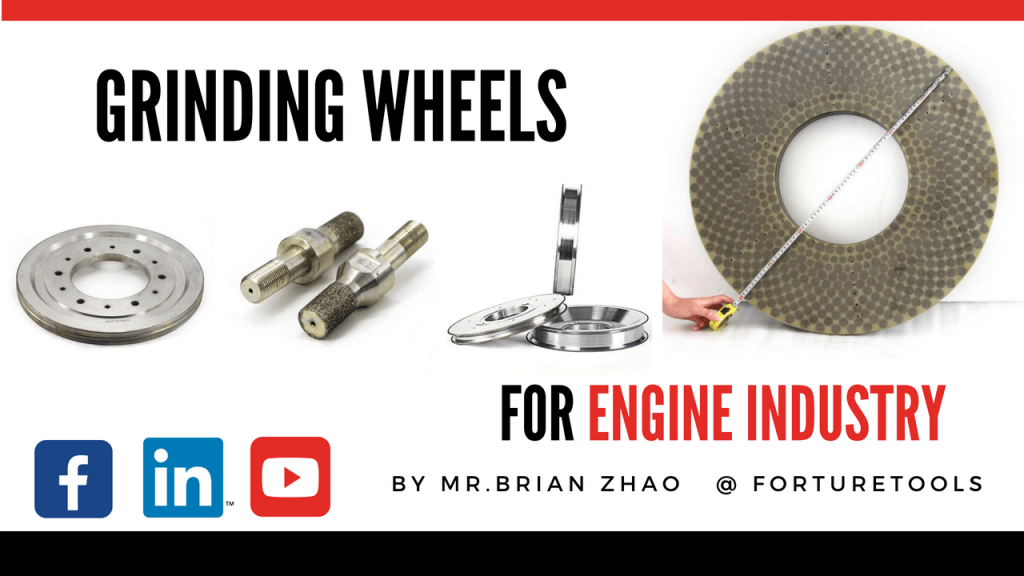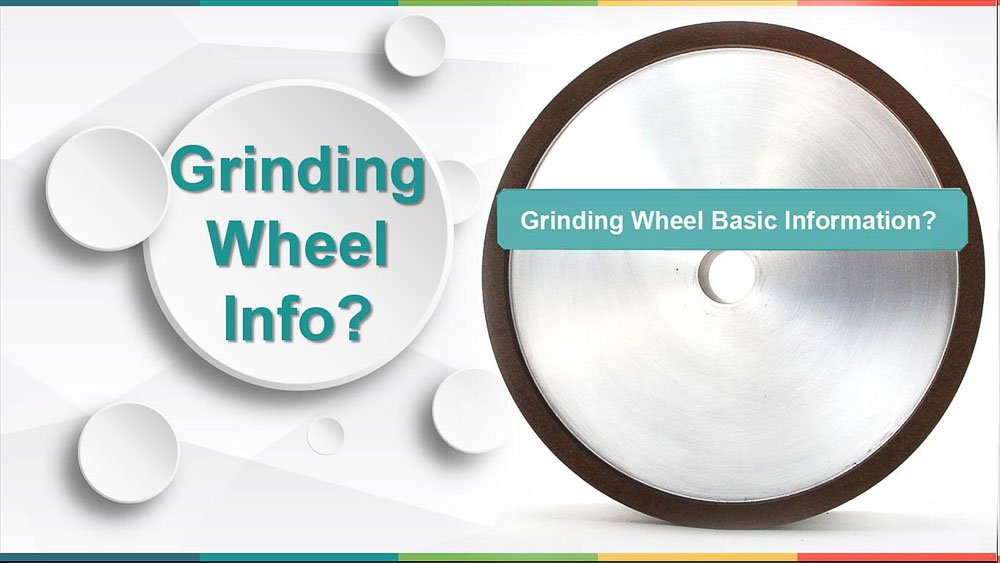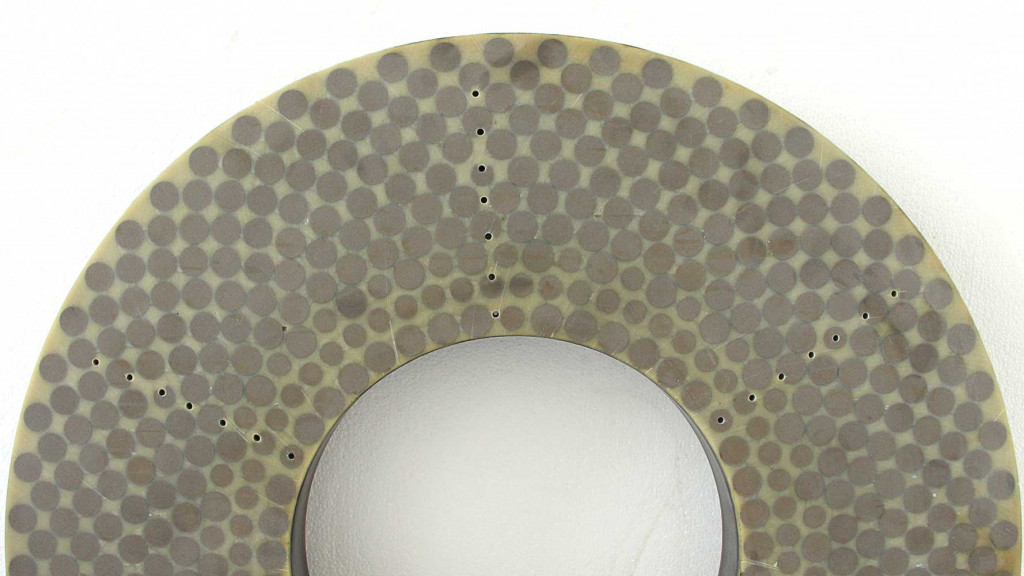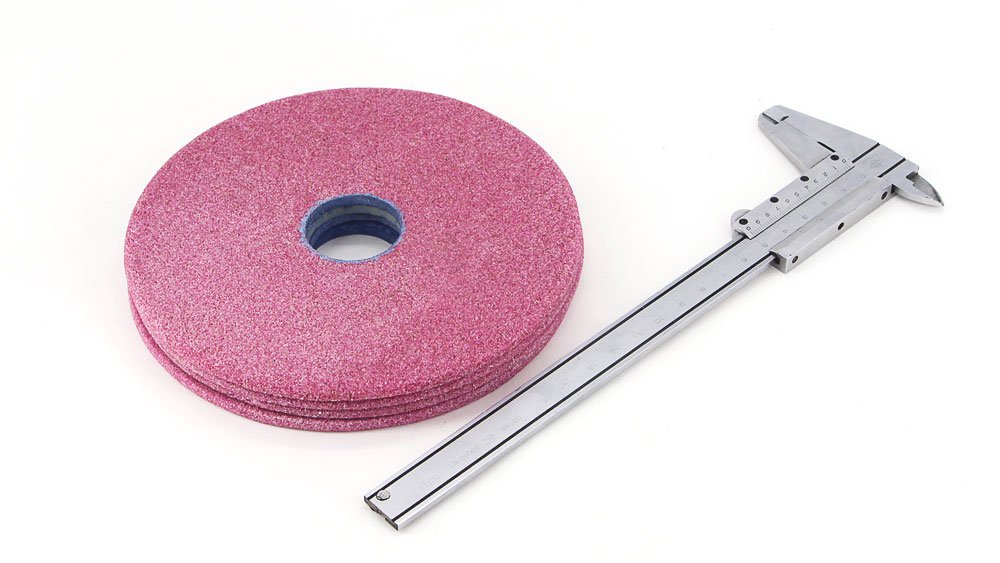The perfect condition of your grinding wheel is important for safety and performance. A worn or damaged wheel not only impairs precision but also increases the risk of accidents. If you know when to replace it, you can prevent damage to your workpiece and your machines. Signs include reduced cutting ability, excessive vibration, and visible cracks. Regular inspection and timely replacement increase the efficiency of industrial processes. They also help protect against potential dangers. By recognising these signs, you can achieve results in no time. At the same time, you can also focus on safety in the workplace.
Abstract
In this blog post, we'll talk about how you can tell if wheels are damaged and not working well. We'll cover topics like damaged wheels and why this is important for safety. Then we will look at what the manufacturer of these wheels recommends. You'll also learn how the environment affects the grinding wheel. After that, you'll learn why regular maintenance is important. Next, we'll look at the best practices for replacing wheels. Don't hesitate any longer. Start reading this blog post now.
Visible Damage of a Grinding Wheel
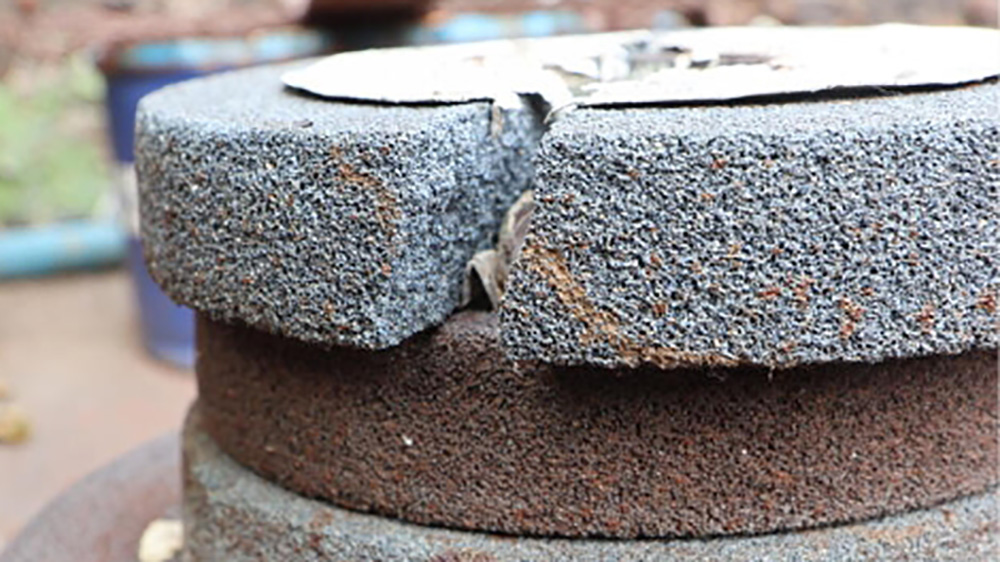
The condition of a grinding wheel affects its safety and effectiveness. It leads to various visible damages and indicates when it is important to replace it.
- Cracks and Chips. You should inspect for cracks and chips on the wheel’s surface. This is because they can cause safety hazards and reduced performance.
- Discoloration and Glazing. You should also look for any discoloration indicating overheating. Glazing, where the wheel surface becomes shiny, shows wear and reduced efficiency.
Paying attention to these signs will ensure the highest performance in the industry. Not only this, it makes sure safety as well. Understanding these signs will further help you to maintain an efficient grinding process.
It also helps you to focus on safety in the workplace. Now, move on to the next section to learn about the performance issues of a grinding wheel.
Performance Issues of a Grinding Wheel
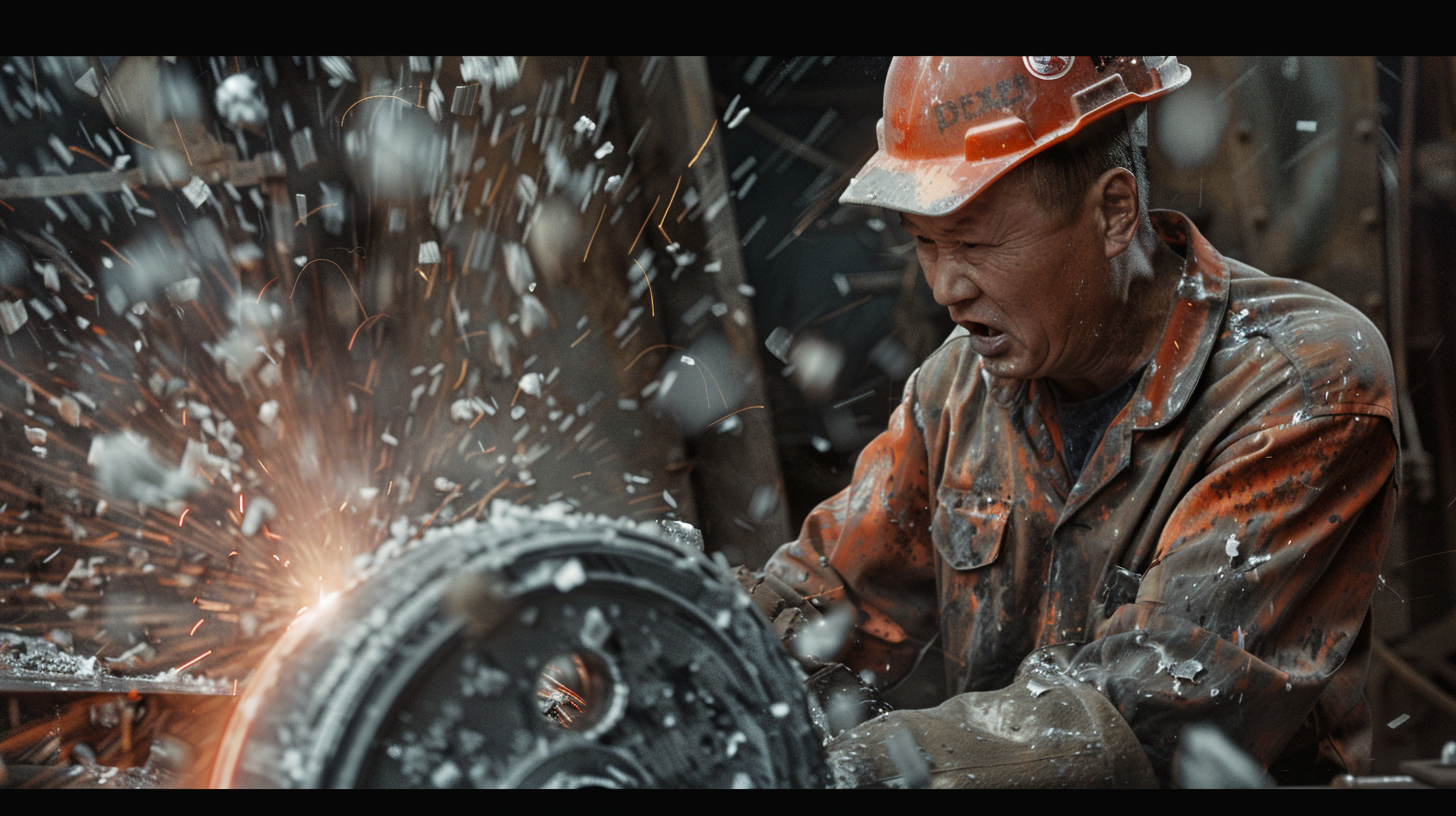
The performance of a grinding wheel impacts productivity and quality of work. So, here are the key issues of a wheel.
- Reduced Cutting Efficiency. Dull or worn-out wheels need help to remove hard materials in an effective way.
- Increased Vibration. Imbalances or irregularities cause excessive shaking. Thus, it affects precision and safety.
Addressing these issues is important to maintaining most grinding operations. Regular inspection and replacement at the right time will also help you to ensure cutting precision.
Furthermore, it will also help you to cut the risk of workplace accidents. Want to learn about wheel wear and the depletion of a wheel? The next section will help you out.
What is the Wheel Wear and Depletion of a Grinding Wheel?
Wheel wear and depletion are important factors. Also, they can affect the grinding wheel’s effectiveness and longevity. So, here are some core aspects of the wheel wear and depletion of a wheel.
- Diameter Reduction. Monitoring the wheel’s diameter track wear progression. Also, it will help you to determine its least usable size.
- Excessive Dressing. Frequent dressing indicates the wheel is reducing. Thus, it affects cutting ability and requires more maintenance.
Understanding these indicators allows operators to schedule timely replacements. Checking the wheel at regular intervals and using it as recommended will make it last longer.
Moreover, it can also optimise the grinding process. Keep reading this blog post to get to know about the safety concerns related to a grinding wheel.
Safety Concerns Related to a Grinding Wheel
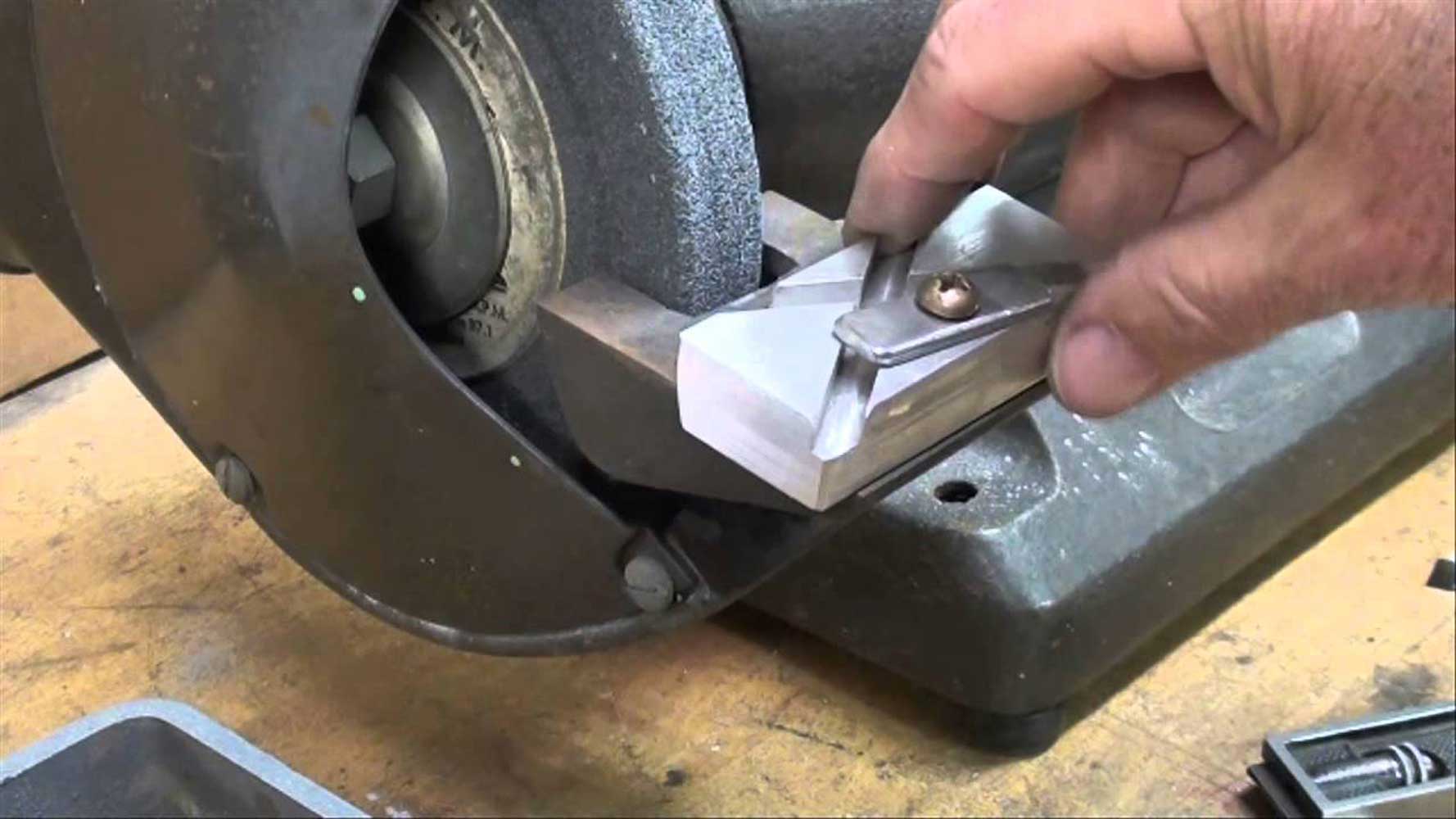
Making sure safety around grinding wheels is important due to potential threats. So, here are some safety concerns related to a wheel.
- Unusual Noises. Strange sounds during operation often show wheel damage or instability, warranting immediate inspection.
- Wobbly Wheel. Detecting wheel instability and signifies potential structural issuer improper mounting.
Recognizing and addressing these safety concerns minimizes the risk of accidents. Moreover, it ensures the operator's safety as well. Regular maintenance checks and safety protocols are important in industrial environments.
Thus, it prevents injuries and maintains efficient grinding operations. Now read the next section to learn about the manufacturer’s guidelines of a grinding wheel.
Manufacturer's Guidelines Related To A Grinding Wheel
Adhering to the manufacturer’s guidelines is crucial for maximizing the effectiveness. Moreover, it also ensures the safety of grinding wheels. So, you should know about the following guidelines about using a wheel.
- Recommended Lifespan. Following usage limits and specified lifespan increases its performance. Moreover, it also minimises the risks associated with wear.
- Safety Instructions. Strict adherence to manufacturer-provided safety instructions. It also includes proper handling, mounting, and maintenance practices.
Following these rules will help the grinding wheel to last longer. Moreover, it will help them to cut hard materials and lower the chance of accidents at work.
The manufacturer’s advice comes from lots of testing. Thus, it will ensure that the wheels stay safe and work well. Want to know about the environmental factors influencing the wheel's performance? The next section will help you out.
Environmental Factors Influencing the Grinding Wheel’s Performance
Certain environmental factors influence the longevity and performance of a grinding wheel. Here are some environmental factors that might influence the wheel's performance.
- Storage Conditions. Poor storage can compromise wheel integrity and shorten its lifespan. As a result, it may expose the products to moisture and extreme temperatures.
- Humidity and Temperature. Irregularities in environmental conditions may affect wheels’ performance. Moreover, it can impact safety by changing material properties.
Maintaining storage conditions and monitoring humidity & temperature levels are important practices. These measures help preserve wheel quality, ensure consistent performance, and enhance workplace safety. Now move on to the next section to learn more about the regular inspections and maintenance of a wheel.
Regular Inspections and Maintenance of a Grinding Wheel
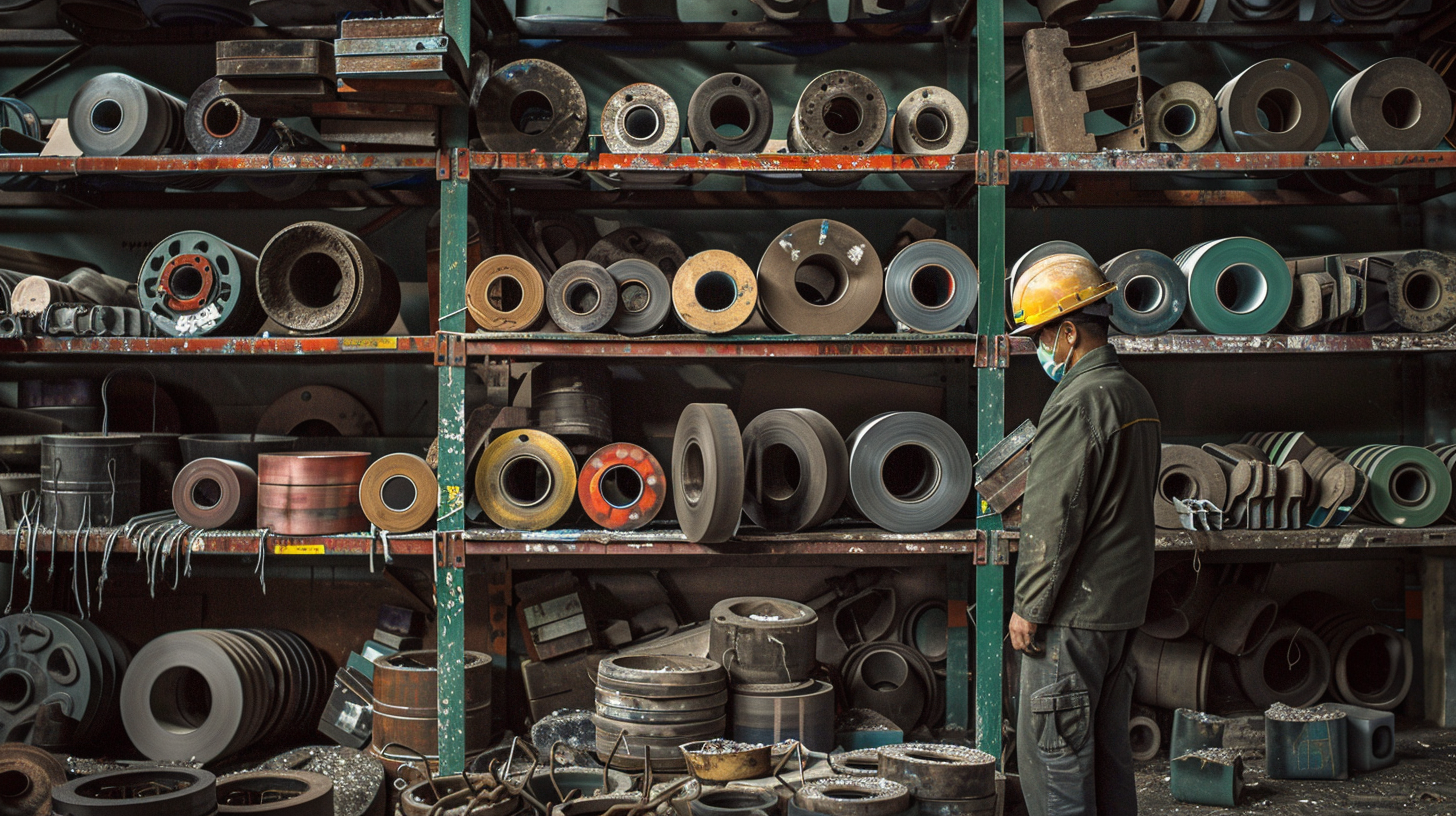
Inspecting and maintaining your grinding wheel on a regular basis optimizes its performance. Moreover, it provides safety for the wheel as well. So, here are some regular inspections and maintenance of a grinding wheel.
- Inspection Schedule. Making an inspection plan will help you find problems with wheels. Also, it is possible within a certain amount of time.
- Dressing and Truing. Dressing and truing the wheel on a regular basis will help you to maintain its sharpness.
Following a plan at regular intervals will help you to check and fix any problems. Also, operators can make the grinding wheels last longer. Moreover, it can also cut downtime and uphold operational efficiency. The proactive measures in this section are associated with damaged wheels. Keep reading this blog to get to know about the best practices for replacement of a grinding wheel.
Best Practices for Replacement of a Grinding Wheel

When replacing a grinding wheel, following best practices ensures safety. Moreover, it helps maintain operational efficiency. So, here are some practices for replacing a grinding wheel.
- Proper Handling and Installation. Handle new wheels with care to avoid damage during transport and installation. Ensure correct mounting and alignment according to manufacturer guidelines.
- Disposal of Old Wheels. Dispose of damaged grinding wheels. Also, it adheres to local regulations. So, use designated containers or recycling programs to cut environmental impact.
By observing these practices, operators mitigate risks of improper handling or installation. Safe disposal methods also contribute to environmental responsibility. Adhering to these instructions and protocols ensures the performance of grinding equipment. With this saying, let's bring this blog post to an end.
Wrapping It Up
Discover when to replace a grinding wheel to maintain safety and performance. Signs like reduced cutting ability, vibration, and cracks show replacement is important. Regular inspection prevents damage and ensures efficiency in industrial operations.
Recognizing these indicators maximizes safety and productivity. Emphasising safety benefits and timely replacement enhances workplace safety and operational efficiency. As a result, it prevents accidents and maintains accuracy while cutting hard material. With this saying, let’s bring this blog post to an end.
FAQs
Question. How do I know when it’s time to replace a grinding wheel?
Answer. You can inspect your grinding wheel for signs at regular intervals. Examples of these signs are excessive vibration and visible cracks. These signs state wear-out and compromise safety and performance. As a result, it signals the need for replacement.
Question. What are the risks of using a damaged grinding wheel?
Answer. Using a damaged wheel increases the risk of accidents due to reduced precision. Moreover, it increases the risk of structural integrity as well. Thus, it can lead to overheating and loss of cutting efficiency. Not only this, but it can also lead to potential damage to the workpiece or machinery.
Question. How can the timely replacement of grinding wheels benefit industrial operations?
Answer. Timely replacement ensures the most cutting precision and safety in industrial settings. Hence, it can cut downtime caused by accidents or inefficient grinding processes. Moreover, it can optimise operational efficiency and maintain workplace safety standards.
Question. How does excessive vibration show the need to replace a grinding wheel?
Answer. Excessive vibration in a grinding wheel often signifies irregularities in the wheel’s structure. This not only affects the precision of your work but also increases the risk of accidents. If there's an increased vibration during use, you must inspect or replace it.
Question. Why is it important to follow the manufacturer’s guidelines for grinding wheels for use and replacement?
Answer. You should adhere to these guidelines for the use and replacement of grinding wheels. As a result, it ensures that you maximize their performance and safety. These guidelines are based on extensive testing. Also, it provides crucial information on the wheel’s recommended lifespan. Not only this, but proper handling, mounting, and maintenance practices. Following these instructions prevents accidents and maintains efficient industrial operations.

